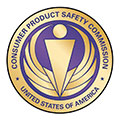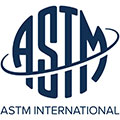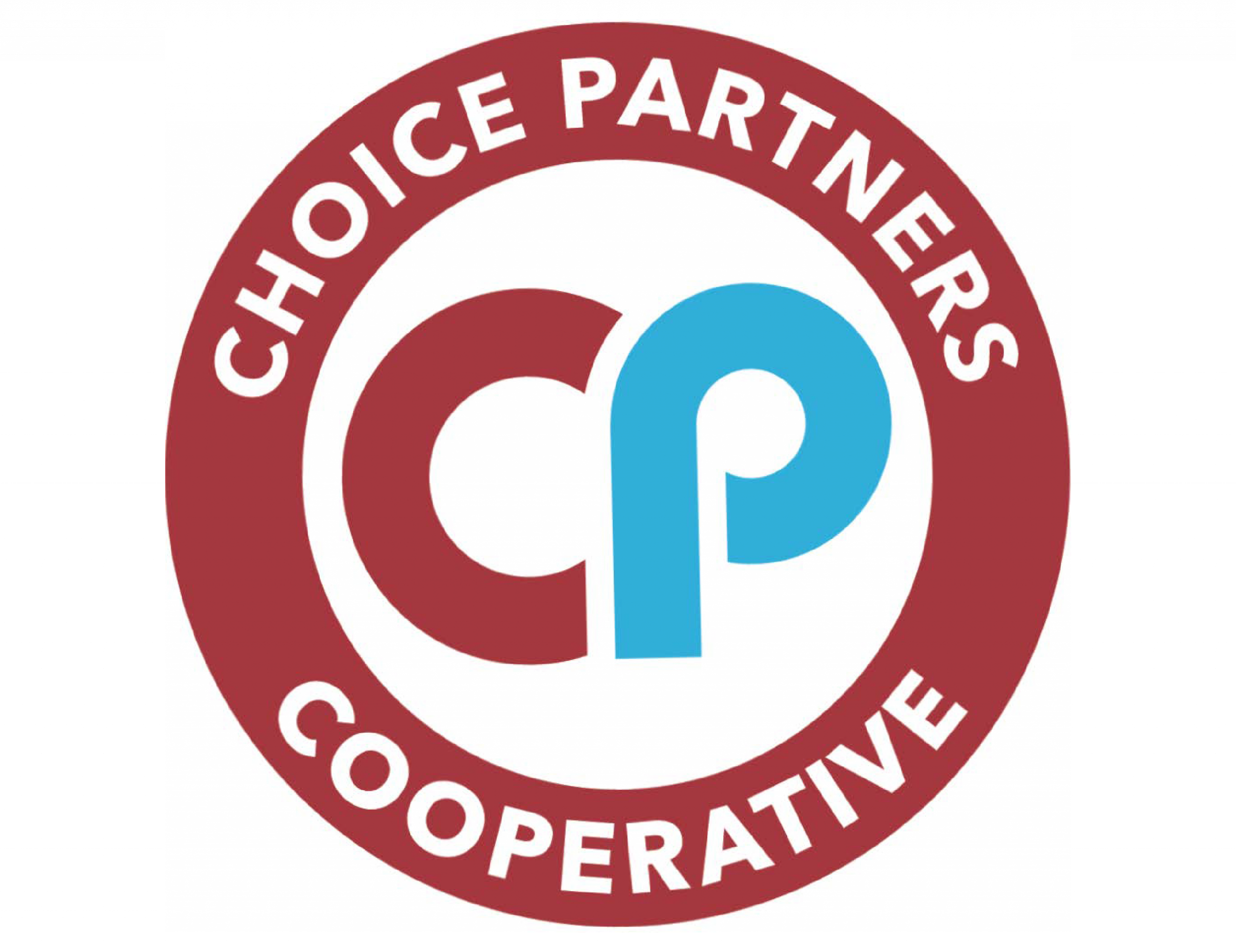Glossary of Playground Terms
ADA: ADA stands for American Disabilities Act. This civil rights law was enacted in 1990 to make all public areas accessible to people with disabilities. This includes schools, business, and yes, playgrounds.
ADA Accessible: Describes a site, building, or facility that complies with American Disabilities Act. ADA compliant structures take steps to make most of their features accessible to people of any physical ability.
Accessible Route: A continuous unobstructed path connecting all accessible elements and spaces from the site entrance through the play space. This may include platforms, ramps, elevators, or transfer stations.
ASTM: American Society for Testing and Materials sets standards and best practices on materials.
Composite Play System: Playground components that are placed together by the manufacturer to create a full play experience. By combining pieces into one structure additional ADA compliance requirements come into effect, including transfer stations, play events, and type of play.
CPSC: The Consumer Product Safety Commission, or the CPSC, creates safety guidelines for playground equipment.
CPSI: CPSI (Certified Playground Safety Inspector) is a certification that can be obtained from the CPSC stating that an individual is qualified to determine a playground’s safety level and act accordingly.
Critical Height: Critical height is a crucial component to playground safety. It denotes the maximum fall height of playground equipment that would not result in a life-threatening head injury.
Elevated Play Component: A play component that is approached above or below grade and that is part of a composite play structure.
Entanglement: An incident where a child’s clothing or jewelry gets caught on part of the playground equipment. Entanglement can result in discomfort or injury. This is avoided by adhering to proper playground safety and guidelines.
Fall Height: The distance between a play structure’s highest point and safety surfacing.
Footing: The way by which you anchor playground equipment to the ground. Proper footing ensures your play system stays in place, making it safe and secure.
Footprint: The space that the equipment covers.
GaGa Ball: GaGa Ball is the evolution of dodgeball, usually played in an octagonal pit in which players push a ball toward their opponents. In GaGa Ball, if a player gets hit below the knees, they’re out! GaGa Ball is a safe, inclusive, and entertaining game that is currently taking elementary gymnasiums by storm.
Ground Level Play Component: A play component that is approached and excited at the ground level.
HDPE Panel: High Density Polyethylene Panel, also known as a playground panel
Inclusive playground: An all-inclusive playground is one featuring play structures, learning accessories, and other equipment designed to benefit children with a variety of abilities. All-inclusive playgrounds usually feature a wide variety of ground-level activities accessible to children in wheelchairs, ADA Accessible swing seats, and transfer stations. Some Inclusive Playgrounds even supply fully ramped systems for an all encompassing experiences.
Independent Play Systems: Play structures that have one or a few similar play events. Generally supports 1-10 children. They are a wonderful way to diversify play types throughout a playground.
IPEMA: International Play Equipment Manufacturers Association is a non-profit, membership, trade association that sets standards and best practices on surfacing materials and play equipment.
Play Event: A play component can hold many children but is considered one type of play experience – or one play component – in the play area.
Play Type: Different “types” of play components are based on the general experience provided by the play component. Different types include, but are not limited to, experiences such as rocking, swinging, climbing, spinning, and sliding.
Roto-molded plastic: Pieces of play structures composed from hollow plastic. Rotomolding is the process in which powdered or liquid plastic takes shape.
Safety Surfacing: Safety Surfacing, also known as Impact absorbing surfacing is a protective surface installed on recreational areas that softens impact in the event of trips or falls. CPSC requires impact continuation based on fall heights, while ADA regulations require surfacing that will enable wheelchair access.
Transfer Stations: Also known as transfer platform or system, transfer stations allow people with mobility challenges to access elevated play structures without the use of a wheelchair or mobility device.
Unit/ Structure Size: The dimensions of the piece of equipment.
Use Zone/ Safety Zone: The ground level area beneath and immediately adjacent to a play structure or any piece of equipment within the play area. When falling from or exiting the equipment this is the area a child is most likely to land.







